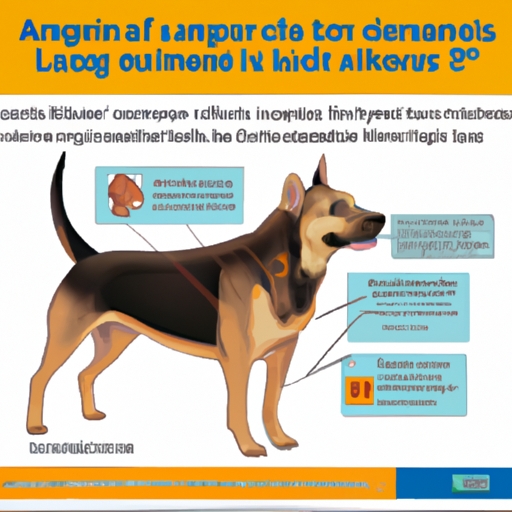As a caregiver for your furry friend, it’s crucial to understand what lameness in dogs is and how to prevent or treat it. This article aims to guide you through the process of identifying and managing lameness in your pet.
1. Understanding Canine Lameness
Lameness in dogs is a common issue and can occur due to various reasons. It’s characterized by a change in your dog’s gait or the inability to put weight on a limb. This could be due to pain, weakness or an abnormality in the limb or spine. The severity can range from a slight limp to the complete inability to bear weight on the limb.
2. Causes of Lameness
Lameness can be caused by many factors, including:
- Injury: This is the most common cause and can include sprains, fractures, cuts or bruises.
- Arthritis: This can cause stiffness and pain in the joints, leading to lameness.
- Infections or Diseases: Certain infections or diseases can lead to lameness, such as Lyme disease.
- Congenital Disorders: Some dogs are born with conditions that cause lameness, such as hip dysplasia.
| Cause | Description |
|---|---|
| Injury | Sprains, fractures, cuts or bruises |
| Arthritis | Stiffness and pain in the joints |
| Infections/ Diseases | Lyme disease, etc. |
| Congenital Disorders | Hip dysplasia, etc. |
3. Symptoms and Diagnosis
Recognizing the signs of lameness is the first step towards getting your dog the help they need. Symptoms can include:
- Sudden change in the dog’s gait
- Reluctance to move or play
- Swelling or heat in the limb
- Whining or other signs of pain
A vet will perform a physical examination and may use imaging techniques such as X-rays or ultrasounds to diagnose the cause of the lameness.
4. Treatment and Prevention
Treatment for lameness depends on the cause. It could range from rest and medication to surgery in severe cases. Regular exercise, a balanced diet, and regular vet check-ups can help prevent many causes of lameness.
5. Caring for a Lame Dog
As a caregiver, your role in your dog’s recovery is vital. Providing emotional support, following the vet’s advice, and helping your dog move around can aid in their recovery.
Frequently Asked Questions
1. Can my dog recover completely from lameness?
– Yes, with the right treatment and care, many dogs recover completely from lameness.
2. How can I prevent my dog from becoming lame?
– Regular exercise, a balanced diet, and regular vet check-ups are crucial.
3. How long does it take for a dog to recover from lameness?
– This depends on the cause and severity of the lameness. Recovery can range from a few days to several months.
4. Can lameness in dogs be caused by over-exercise?
– Yes, over-exercising can lead to injuries causing lameness.
5. Is lameness painful for dogs?
– Lameness can be painful for dogs, especially if it’s due to an injury or arthritis.



